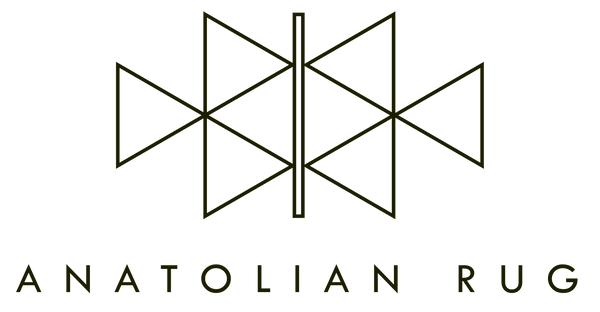Undoubtedly, one of the oldest form of art in human history is the art of weaving.
Although it is hard to discover the exact history of Anatolian Rug weaving, it is known for sure that the birthplace of Anatolian Rug, with a history dating back to 7000 BC, is Mesopotamia Anatolia.
In the true sense of the word, Anatolian Rug is the glowing body in which a unique and matchless culture is expressed and taken forward.
As one of the oldest handicrafts, weaving was born in line with the needs such as covering, dressing and protection from the cold. Natives living in Central Asia were exposed to severe weather conditions as they migrated to the West to find a better place to live due to a large population explosion. For this reason, they started to use goat wool to set up their tents. Since goat wool is much longer and denser than sheep wool, it closed the holes in the flat weaving tent and made it waterproof.
Later, these nomadic people produced the floor coverings they called "kilim" (Rug), using the same flat weaving technique to protect themselves from dampness on the soil floor of their tents. Later, different techniques, motifs and compositions were developed in Anatolia and the present richness of Turkish weavings and Anatolian Rug emerged.
For centuries, Anatolian lands have been a great geography that has increased and enriched the unity of many different languages, religions, races, cultures and civilizations. In addition to the cultural values transferred through migration, handicrafts integrated with the heritage of the Hittite, Lydian, Urartian, Greek and Byzantine civilizations that lived in these lands have reached unique dimensions.
The art of weaving and Anatolian Rug, which is one of the traditional art branches in this cultural heritage, has had an indispensable place in the daily life of the Anatolian people.
This astonishing history is still being written today through Anatolian Rug. We are inviting you to explore the breathtaking culture, history, tradition and sembol language under Anatolian Rugs.

